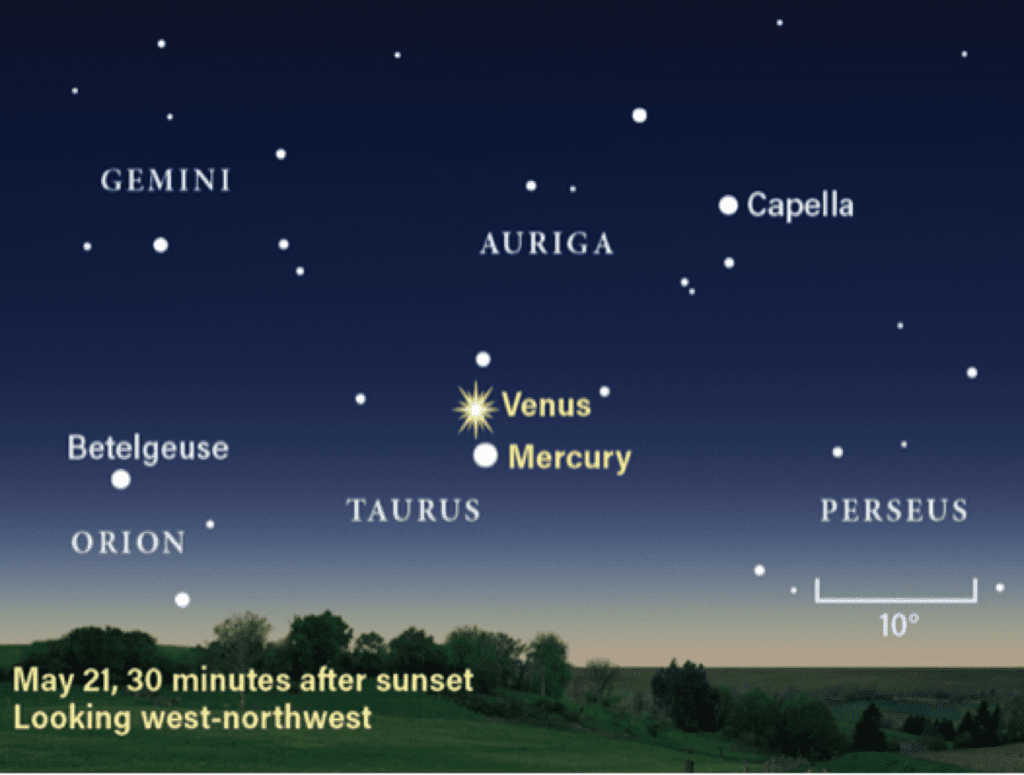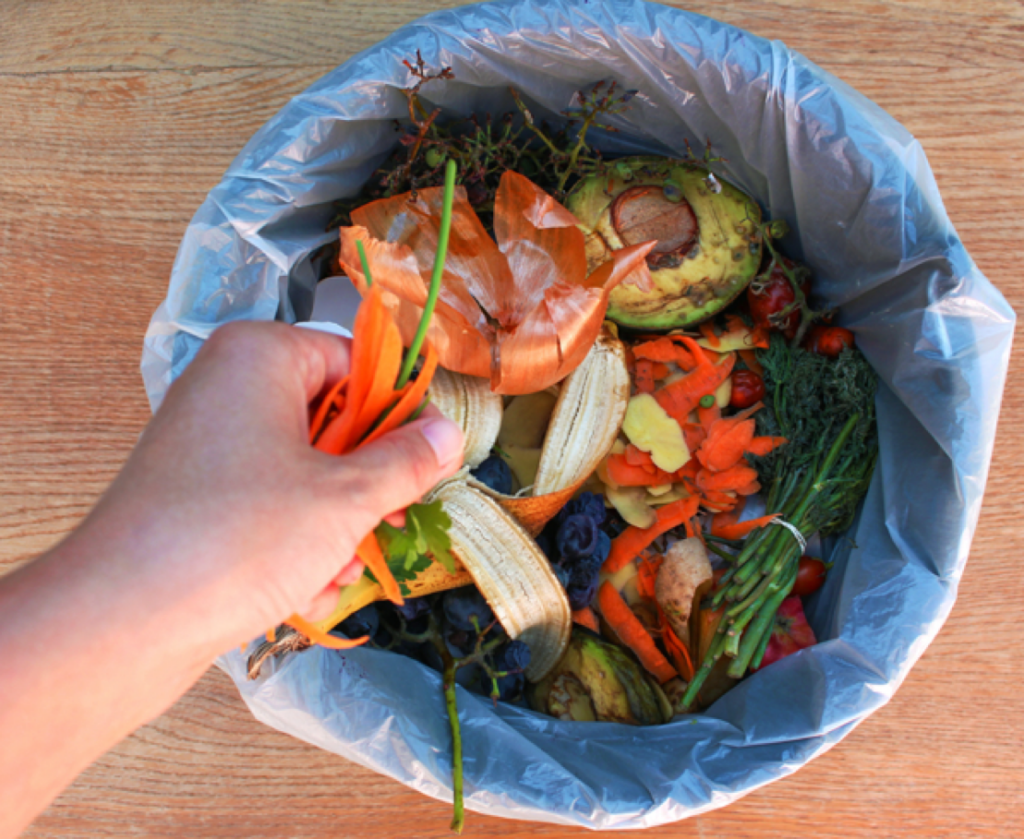Daniel Salzler No. 1050
EnviroInsight.org 5 Items May 21, 2020
—————Feel Free To Pass This Along To Others——————
If your watershed is doing something you would like others to know about, or you know of something others can benefit from, let me know and I will place it in this Information newsletter.
If you want to be removed from the distribution list, please let me know. Please note that all meetings anSTARRS is just barely vilisted are open.
Enhance your viewing by downloading the pdf file to view photos, etc. The attached is all about improving life in the watershed.
This is already posted at the NEW EnviroInsight.org
1. Plant Your Covid-19 Garden Now. It is not too late to plant a small garden in a pot or in a small piece of ground around your home.

Now is a great time to plant watermelon, cucumbers, squash, pumpkin and other cucurbits for harvest throughout the summer and into the fall. Just keep them watered and let them grow. For more information on what to grow when, check out “Growing Your Food In The Sonoran Desert” on www.EnviroInsight.or
2. Wednesday, May 20
The Moon passes 4° south of Uranus at noon EDT today. However, the second-to-last planet rises with the onset of twilight this month and is difficult to spot in the brightening sky This evening, consider hunting down history by looking north to find the Little Dipper. At the end of its handle, Polaris is Earth’s current North Star. But as Earth spins, it wobbles, causing its poles to trace out a slow circle in the sky that takes about 26,000 years to complete. Along this circle you’ll find past and future North Stars, including magnitude 3.7 Thuban (Alpha Draconis) in Draco the Dragon. Thuban sat above Earth’s North Pole around the year 2700 B.C. Much more recently, NASA’s Transiting Exoplanet Survey Satellite, TESS, discovered that Thuban is an eclipsing binary system. Although astronomers knew Thuban has a smaller binary companion, they had never before seen the stars crossing paths. Each eclipse lasts only six hours.

The innermost planets share the evening sky
The solar system’s innermost planets stand only about 1° apart above the west-northwestern horizon shortly after sunset May 21.
Thursday, May 21
Mercury passes 1° south of Venus in the evening sky tonight. The two planets reach conjunction overnight and will stand just 0.9° apart at 4 A.M. EDT on the 22nd.
The best time to view the pair is immediately after sunset. Look west-northwest to find magnitude –0.6 Mercury and magnitude –4.4 Venus roughly 4° below Elnath in Taurus. Although they’ll be easily visible to the naked eye, pull out your telescope as well to reveal Mercury’s 6″-wide disk, which is currently 69 percent lit. This contrasts greatly with Venus’ much larger, 53″-wide disk, which is a mere 6-percent-lit crescent.
It’s also one your last chances to view Venus for a while; it will continue sinking out of view earlier each night, while Mercury will instead begin to climb higher, reaching an altitude of 8° an hour after sunset on May 31.
Friday, May 22
New Moon occurs at 1:39 P.M. EDT — perfect timing, because Comet PanSTARRS (C/2017 T2) is skimming past a famous pair of galaxies (M81 and M82) in Ursa Major for the next few days. This weekend, the comet will be only ¾° from M82, which lies closer to the comet’s path than M81. M82 is famously called the Cigar Galaxy for its long, skinny shape, while M81 is a beautiful grand design spiral also known as Bode’s Galaxy. The two are undergoing gravitational interactions, which have sparked activity from their supermassive black holes and a massive burst of star formation in M82.
After dark, step outside to find the familiar Big Dipper asterism. From Dubhe, the star at the cup’s upper-righthand corner, look about 10.7° west to find 23 Ursae Majoris, glowing at magnitude 3.7. About 6.5° to that star’s northeast is M81 and about 7° northeast of the star is M82. Just under 8° to the star’s northeast is PanSTARRS. The three are roughly in line on the sky, offering a rare, picturesque view for relatively little effort.
PanSTARRS is just barely visible in binoculars, but much easier to find with a 4-inch scope. You’ll need low magnification to spot two or three of the objects in a single field. But in larger scopes (12 inches), you may catch a hint of green in the comet’s tail.
3. 450 Years. Number of years scientists believe it takes for a plastic beverage container to break down in a landfill. Source: Habitat for Humanity, May 2020
4. How the Pandemic is Affecting Home Food Waste. As people are cooking more than ever before, an expert offers tips on how to waste less food.“Households are filling their pails more because everyone is home,” said Nick Skeadas, who co-founded the Curbside Compost, company in 2016.

As the coronavirus pandemic keeps people at home, many people who are cooking more than ever are also paying more attention to food waste.
What they’re doing about that food
While some home gardeners compost their own food scraps, the vast majority of Americans don’t have access to any type of curbside food scrap collection.
According to a 2019 report, just 326 towns and cities(less than 2 percent of American communities) offer curbside food waste collection. New York City only began its voluntary organics pickup program in 2017, as part of the city’s plan to reduce greenhouse gas emissions by 80 percent by 2050, and barely a year later halted expansion of the program
Overall, more food is going to waste than usual right now. With almost the entire restaurant and foodservice sector closed, entire supply chains have found themselves without a market. This is leading to millions of pounds of produce being tilled into the ground, many thousands of gallons of milk poured into lagoons, and huge amounts of seafood being thrown out. Because grocery sales are up, there is likely less food going to waste in that sector for the time being, but it’s not enough to make up for all that’s going to waste on the foodservice side. In homes, we don’t know for sure what’s happening with food waste, but my guess is that all the hoarding and change in habits has led people to waste slightly more food than normal.
What are the present challenges of reducing food waste during the pandemic?
At first, the challenge was so many restaurants and campuses were closing abruptly, and they had to do something with all the food they had on hand. Now that has passed, and the main challenge is that supply chains that typically serve the foodservice channel have no market for their food. Some sales have been able to migrate over to the grocery sector, but that doesn’t always work. For instance, a 20-pound bag of shredded cheese can’t simply be sold in a grocery store, and people buy a lot less broccolini and high-end fish than restaurants do. So for many products, the sales just don’t line up. There is a huge amount of food going to donation, but that doesn’t always work out due to added costs of harvest or transport, or lack of storage by the donation partner.
As many of us are at home cooking more, what are some strategies you’d recommend for those that want to reduce their food waste at home?
I usually give people four tips. First, plan your meals. Rotate through “meal sets” of two or three meals that utilize ingredients of which you tend to have excess (e.g., cilantro or celery). Acknowledge that lazy nights of frozen pizza or takeout happen and plan them in. Include “Eat Down” nights, when you empty out the fridge to make use of anything that still needs using up. And remember, the moment you buy food, you’ve committed to it
Freeze. Almost anything can be frozen—milk, cheese (best if shredded), bread (best if sliced), pasta sauce, pasta, leftovers, and more.

Try preparing a lot of lasagna-type meals and getting sick of them after a day or two, sojust freeze the rest and are glad to have dinner already made a week later.
Store food properly. It buys you more time to use it.
Fresh herbs and asparagus do great in a jar of water in the door of your fridge. Avocados last much longer if refrigerated once ripe. And fruit does best in a crisper drawer of its own set to “low” or slightly cracked open. You can find many more details on how to store different foods at savethefood.com.
Revive older food. Soak wilting veggies in ice water to re-crisp them. Un-stale bread, crackers, or tortilla chips by toasting them for 1-2 minutes.
What about “best by” and other label dates? How important are they?
Don’t fear dates. Contrary to popular belief, “best by” and “sell by” dates are actually just manufacturer suggestions for when the food is at its peak quality—they don’t indicate that the food is automatically bad on that date. Most food—including dairy—can safely be eaten after those dates. As a rule of thumb, foods that pregnant women are told to avoid are ones to be careful with, along with bagged salad greens.
Is now a good time to start a compost pile if you’ve never had one at home before?
Sure! Most of us don’t have access to a municipal compost service, so home composting is the best option for recycling nutrients and reducing greenhouse gases with our food scraps. Make sure to read up on how to balance your pile with “brown” matter and how to turn it to get the best results.

What’s giving you hope in terms of food waste in the present time?
People are learning or re-learning to cook, and that could be game-changing in reducing the amount of food that is wasted in homes in the long term. The more comfortable people are cooking, the more they’re able to throw together a meal with what’s in the fridge or know how to use something that’s about to go bad. I also think many people are planning meals more as they’re keen to shop less, which is another healthy muscle to build in terms of reducing waste.
5. Celebrate Memorial Day, Monday, May 25. Memorial Day is an American holiday, observed on the last Monday of May, honoring the men and women who died while serving in the U.S. military. Memorial Day 2020 occurs on Monday, May 25

Originally known as Decoration Day, it originated in the years following the Civil War and became an official federal holiday in 1971. Many Americans observe Memorial Day by visiting cemeteries or memorials, holding family gatherings and participating in parades. Unofficially, it marks the beginning of the summer season.
Early Observances of Memorial Day.
The Civil War, which ended in the spring of 1865, claimed more lives than any conflict in U.S. history and required the establishment of the country’s first national cemeteries.
By the late 1860s, Americans in various towns and cities had begun holding springtime tributes to these countless fallen soldiers, decorating their graves with flowers and reciting prayers.
It is unclear where exactly this tradition originated; numerous different communities may have independently initiated the memorial gatherings. And some records show that one of the earliest Memorial Day commemoration was organized by a group of freed slaves in Charleston, South Carolina less than a month after the Confederacy surrendered in 1865. Nevertheless, in 1966 the federal government declared Waterloo, New York, the official birthplace of Memorial Day. Waterloo—which first celebrated the day on May 5, 1866—was chosen because it hosted an annual, community-wide event, during which businesses closed and residents decorated the graves of soldiers with flowers and flags
Copyright EnviroInsight.org
